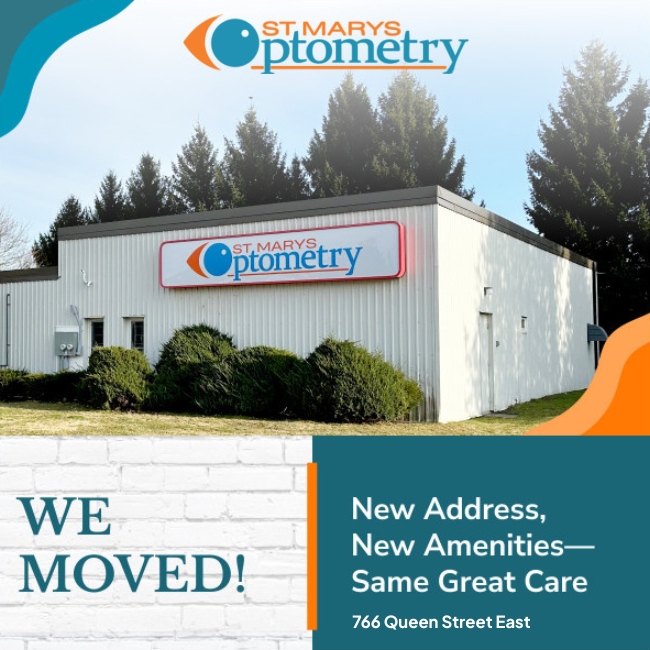Sitting in the exam chair for your comprehensive visit includes more than reading letters off a chart. The exam’s visual component is just one aspect; your eye doctor thoroughly assesses your eyes to check for vision problems, eye diseases, and even general health conditions that can show up in your eyes first. Naturally, a visit so thorough requires time.
As a general timeline, expect your routine eye exam to take roughly 30 to 60 minutes, but the exact length of this visit varies based on:
- Your age
- Health history
- Vision concerns
- Returning or new patient
No matter the length of your visit, make time for your routine eye exams. These help safeguard your visual and overall health for years to come.
What Affects Eye Exam Duration?
Even if your vision feels perfect and you don’t wear glasses or contacts, everyone benefits from routine eye exams. Just as you see your family doctor for annual physicals and your dentist for routine cleanings, a visit to your optometrist serves the same purpose.
Every patient is different; the length of the appointment will vary depending on contributing factors.
Age
For the most part, older children and adults with healthy vision usually finish their exams within 30 minutes. Younger children and older adults, however, might find their exams take longer.
- Pediatric exams require extra care so that your little one stays comfortable and engaged. If it’s your child’s first eye exam, consider booking extra time in your schedule. Some children need breaks during the exam.
- Adults 65 and older are more susceptible to developing age-related eye conditions, which is why they benefit from additional tests, resulting in longer appointments.
Health History
Certain general health conditions can affect your eyes, which is why your medical history can significantly influence the length of your exam.
If you have diabetes, high blood pressure, or a family history of eye diseases (like glaucoma or macular degeneration), your optometrist might perform additional tests to check for related complications.
Vision Concerns
If you’re experiencing specific vision problems—like sudden changes in your sight, eye pain, or frequent headaches—your exam will likely take longer. Your optometrist needs extra time to investigate these symptoms and determine their cause.
Similarly, if preliminary tests reveal potential issues, additional testing will extend your appointment time. This isn’t something to worry about; it’s actually a good thing that your optometrist is being thorough.
First Visit vs. Follow-Up Appointments
If this is your first time seeing a new optometrist or if it’s been a while since your last exam, your visit will take longer. This initial eye exam establishes a baseline of measurements to provide a comprehensive understanding of your eye health history.
Return visits, especially if your vision hasn’t changed much, are usually quicker since your optometrist already knows your eye health history and can focus on specific areas that need monitoring.
Breaking Down the Eye Exam Timeline
Eye exams follow the same structure and process, though the details of the visit vary based on the parameters from earlier. As a general rule, expect your eye exam to take roughly 30 to 60 minutes.
Preliminary Tests (5-10 minutes)
Before you see the optometrist, a technician usually handles the initial measurements. This includes:
- Checking your current prescription
- Measuring your eye pressure
- Taking retinal images (OCT testing)
- Updating your medical history and discussing any concerns with your vision
These tests provide your optometrist with a baseline of your current visual health.
Visual Acuity & Refraction Test (10-15 minutes)
Inside the exam room is probably the part of the visit you’re most familiar with—reading the famous eye chart: the visual acuity test. Covering one eye at a time, your optometrist will ask you to read letters of different sizes with and without your corrective lenses to determine how well you can see.
Next comes the refraction exam. Your optometrist uses a phoropter to refine your prescription by testing different lens strengths and options. You know the phrase what is clearer, option 1 or 2?—that’s a refraction exam!
Eye Health Exam (15-20 minutes)
During the eye health portion, your optometrist takes a comprehensive look at your eyes’ internal and external structures. These diagnostic tools allow your eye doctor to evaluate the health of the cornea, tear film, retina, optic nerve, and blood vessels.
This part of the exam is crucial for detecting eye diseases like glaucoma, macular degeneration, and diabetic retinopathy—conditions that often have no early symptoms but can cause serious vision loss if left untreated.
Additional Testing (10-30 minutes)
Sometimes your optometrist will recommend additional tests based on the findings during your visit. These might include:
- Visual field testing to check your peripheral vision, which is especially important for detecting glaucoma. This test can take 10-15 minutes per eye.
- Optical coherence tomography (OCT) provides detailed images of your retina and can help detect early signs of eye disease. This typically adds about 10 minutes to your appointment and is included in the preliminary testing section. At St. Marys Optometry, we perform OCT on almost all patients before they see the optometrist.
- Pupil dilation allows for a more thorough examination of your retina but requires additional time for the drops to take effect and for the examination itself.
Your Visual Health Is Worth the Time
The thought of spending almost 60 minutes at the eye doctor might seem inconvenient, but staying consistent with your routine eye exams is one of the most valuable investments you can make for your long-term health and wellness. The time you spend in the exam chair today could prevent complex vision concerns down the line.
It’s time to book your routine eye exam. Connect with our St. Marys Optometry team today. Your eyes—and your future self—will thank you for making the time.





